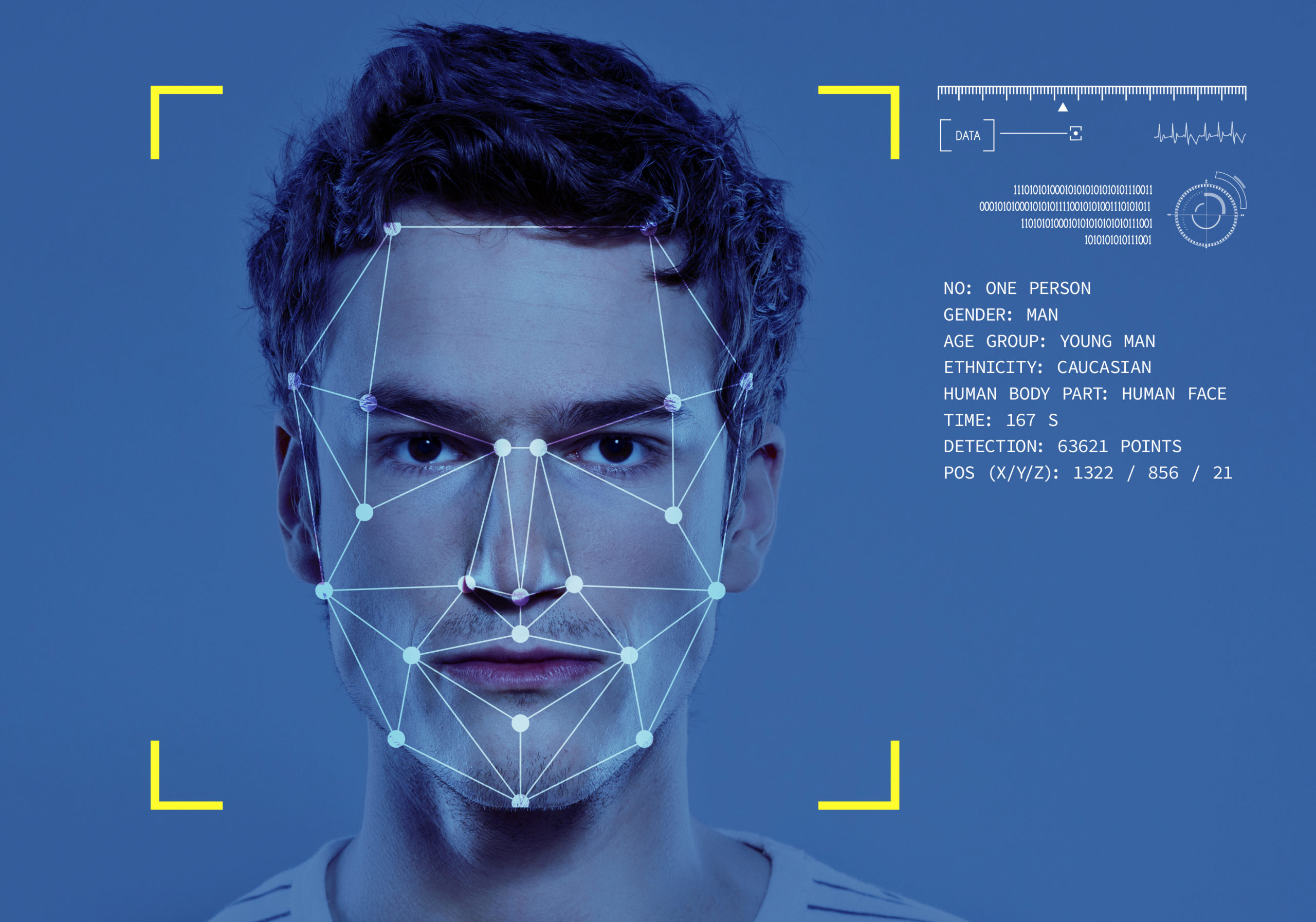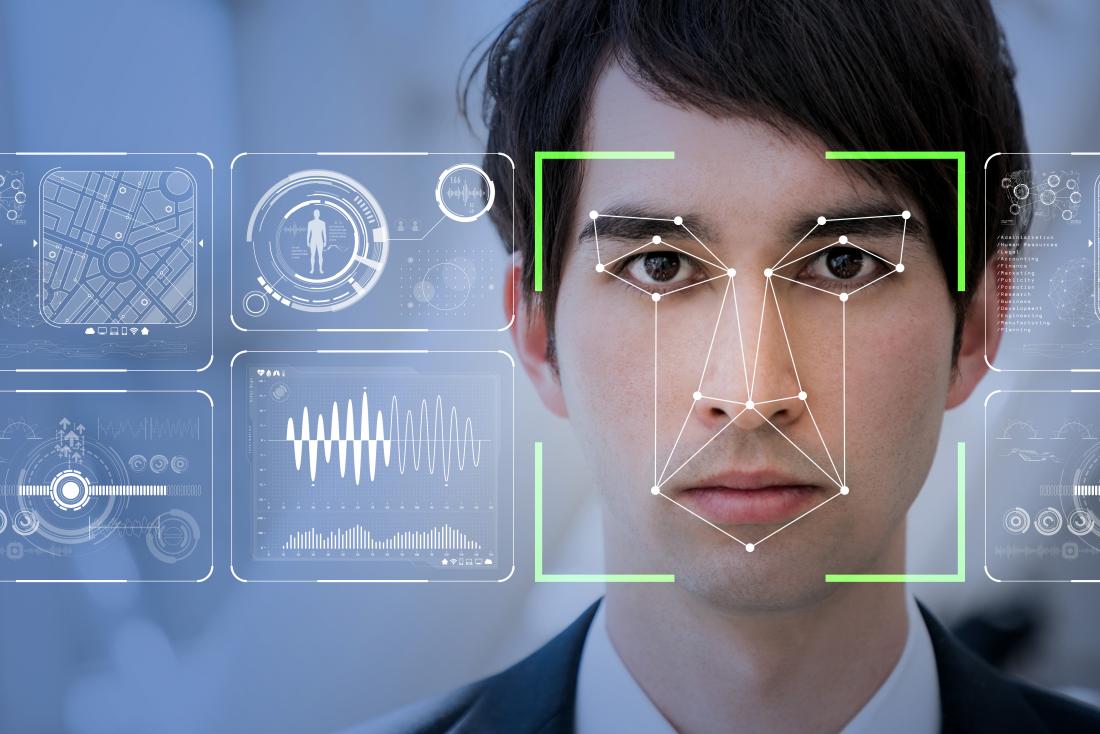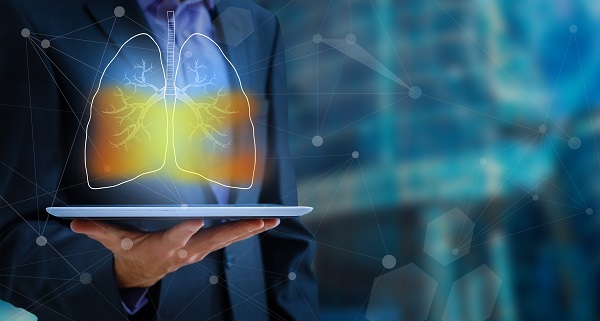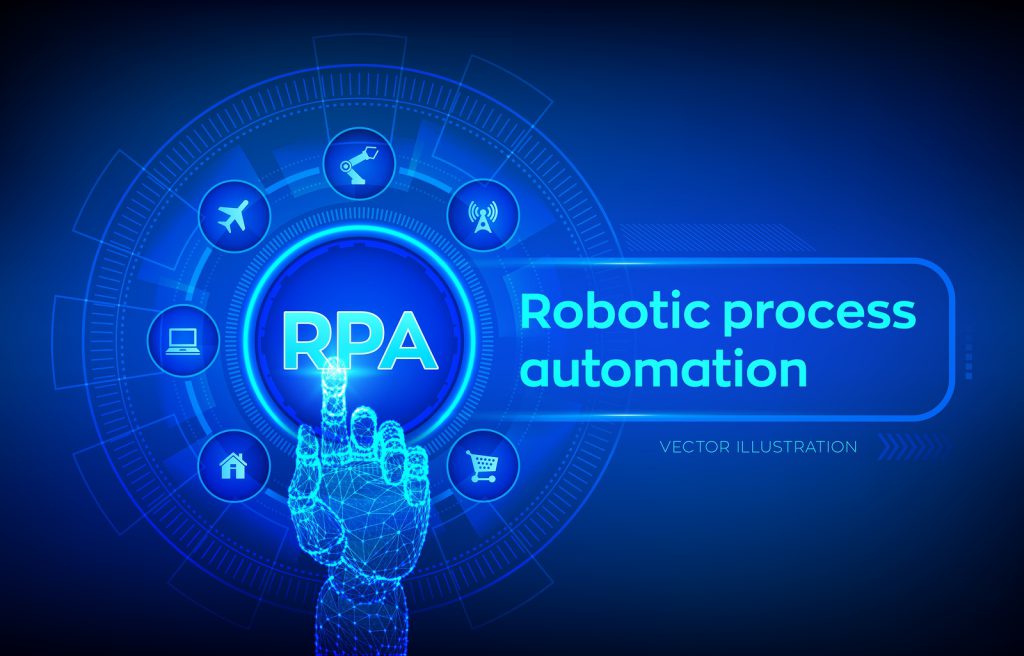Facial Recognition: The Future of Biometric Identification
Published

Facial recognition technologies have gained tremendous traction in recent years and offer a promising future for biometric identification. In this blog post we will look at facial recognition, how it works, applications and the associated advantages and disadvantages.
What is facial recognition?

Those : publicbooks.org
Facial recognition is a technology that allows computers to identify and verify individual faces. It is based on the capture and analysis of facial features such as contours, eyes, nose and mouth. By comparing these characteristics with stored reference data, individuals can be clearly identified.
How does facial recognition work?
Facial recognition is based on complex algorithms and machine learning. Here are the basic steps used in facial recognition:
Face capture
The first step is to capture a face in an image or video. This is done through the use of cameras or other imaging devices.
Face localization
Once captured, the face is located within the image or video. This can be achieved by using techniques such as hair detection or facial segmentation.
Facial feature extraction
Specific features are then extracted from the captured face. This includes contours, eyes, nose, mouth and other distinctive facial features.
Comparison and identification
The extracted facial features are compared with stored reference data to make a unique identification of a person. This can be done either through 1:1 verification (checking a person) or 1:N identification (comparison with a database of people).
Applications of facial recognition

Those : medicalnewstoday.com
Facial recognition is used in various areas of application. Here are some of the most common uses:
Security and access control
Facial recognition is used for security purposes such as controlling access to buildings, monitoring public places, and verifying identities.
Biometric authentication
Facial recognition is also used for biometric authentication to provide access to devices, applications or bank accounts. Users can verify themselves through their face instead of using passwords or PINs.
Marketing and personalization
In marketing, facial recognition is used to collect information about customer behavior. By analyzing facial expressions and reactions, companies can better understand customer behavior and develop personalized marketing strategies.
Public Safety and Law Enforcement
Facial recognition is also used by law enforcement to identify suspects or missing people. Cameras in public areas can be used to capture faces and compare them with a database of criminals.
Advantages and disadvantages of facial recognition
Facial recognition offers numerous benefits, but there are also some concerns and challenges. Here are some of the key pros and cons:
Advantages of facial recognition
Fast and convenient authentication High accuracy in identification Versatile applications in various industries Potential for improved security and crime prevention
Disadvantages and challenges of facial recognition
Privacy concerns and misuse of personal information Possible misidentifications and inaccuracies Ethical issues related to surveillance and misuse of technology Challenges in recognizing faces in different lighting and environmental situations
Conclusion

Those : nbcnews.com
Facial recognition technology has the potential to transform the way we identify and interact with the world. It offers many advantages in terms of security, usability and personalization. At the same time, however, privacy concerns and ethical issues must be taken into account. The advancement of facial recognition technology requires a balanced approach to harness the technology's potential while protecting privacy and individual rights.








